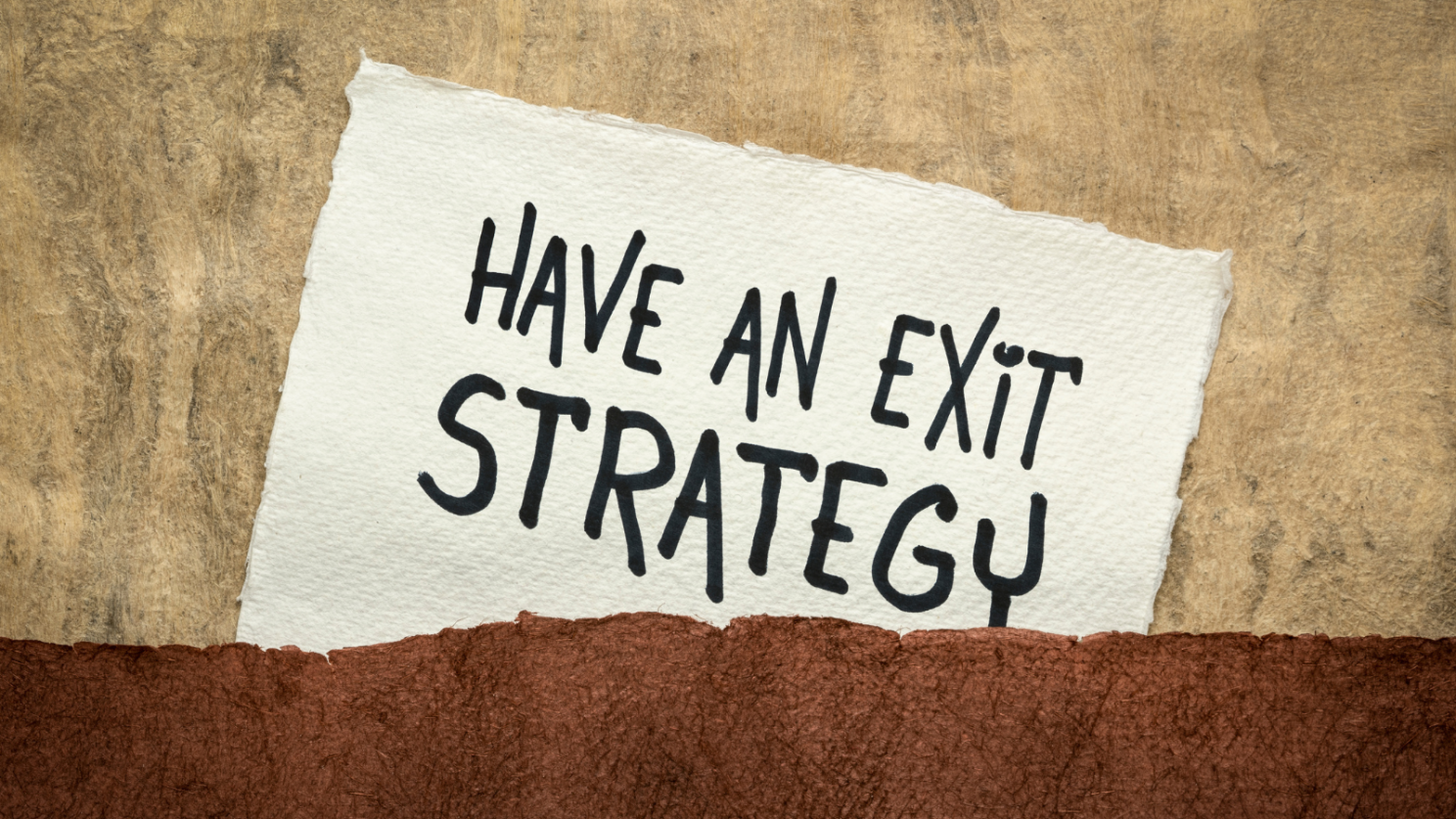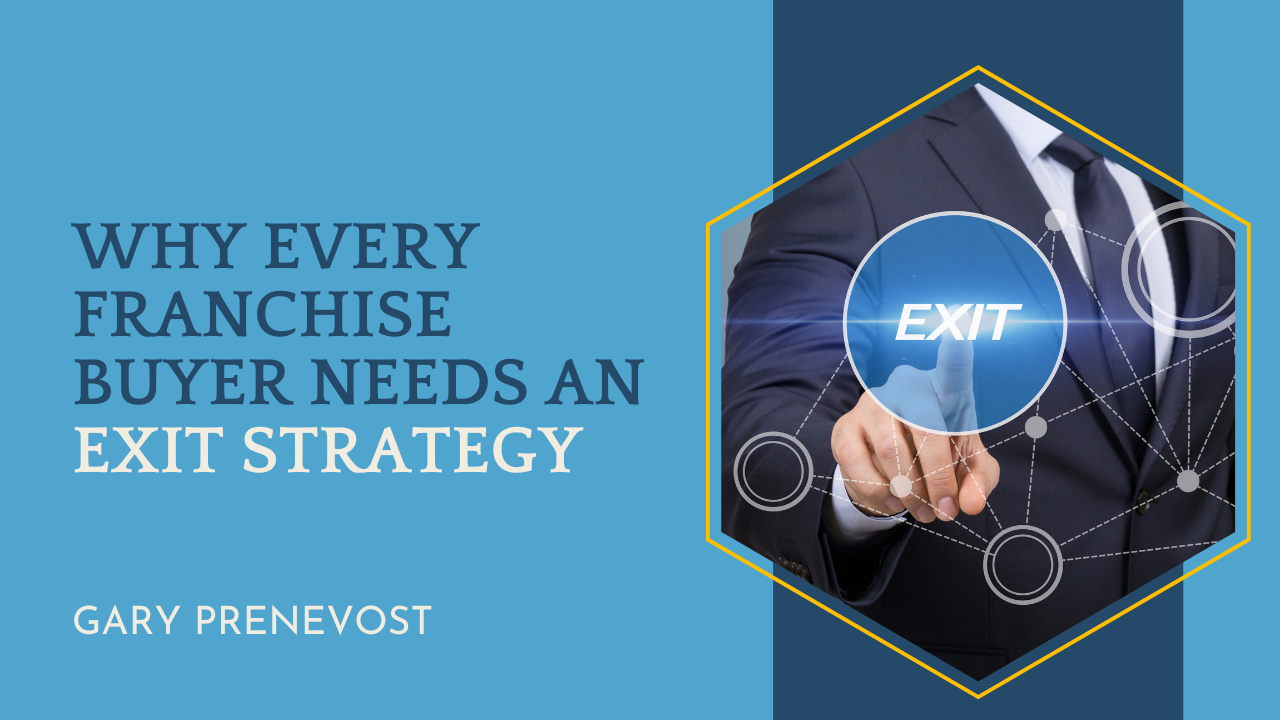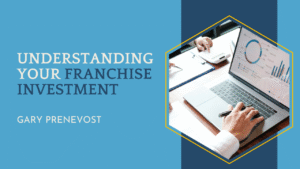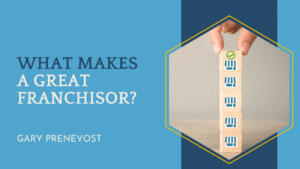I’d like to talk about a subject that most people don’t think about when they’re looking at buying a franchise, and that’s: What is your exit strategy? I maintain that you should never go into business without understanding what your exit strategy options are. Why it’s so important is because some businesses aren’t able to give the exit strategies you might be looking for. So let’s look at the three primary exit strategies.

Exit Strategy #1: Buy, Build, and Sell
The first exit strategy is buy, build, and sell: I buy a franchise, build it over a specified number of years, and then sell it. When I do, I will realize a sizable profit, representing a good multiplier on my annual income. So I’ll make a lot of money while I have it, and then I’ll sell it at the end and make a lot more money at exit.
Usually, franchises sell for 2.5 to 3 times their annual profitability, whereas a non-franchised business in the exact same sector might only sell for 1 to 2 times their annual profitability. From that perspective, franchising is a better exit strategy.

Exit Strategy #2: Buy, Build, and Involve the Family
The next exit strategy is to buy a business, build it, and eventually pass it on to my kids or involve the family. We call it multi-generational franchising. The challenge with this strategy is that you’ve got to make sure your kids want to be in the business. A lot of people buy a business and build it into a successful enterprise, only to find out that the kids don’t want it. So that’s not necessarily a good strategy.
If you want your kids involved in the business, then involve them in the journey. But if you’re the one wanting a business, then be selfish – this is about you, not your kids.

Exit Strategy #3: Buy, Build, and Hold
The third exit strategy is buy, build, and hold. This is what we’re seeing as the most popular exit strategy now. People buy a business, then plan on running it for a bunch of years, but they’re not going to sell it.
They’re going to hire a manager and build a strong team so that long-term, they can run the day-to-day and enable the owner to have a lot of free time. The owner will manage the manager and the KPI dashboard of the business. Although they might not have as much annual profit in the near-term because they’re paying the manager’s salary, they’ll benefit in the long-term because:
1) They’re building a business that will enable them to remain intellectually engaged without needing them full-time.
2) They’re building a predictable annuity income from that business.
3) They build a more substantial exit value, which they can still sell downstream.
So, coming back to why this is important now: if you want to buy it, build it, and sell it, some businesses don’t create a substantial exit value. Let’s discuss which options might be a good fit for you. Having the right exit strategy is just one of the key factors you’ll want to consider.
Book a call, I’d love to have a conversation with you. I hope to hear from you soon.




